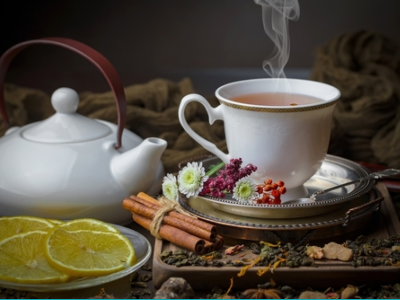
According to the Tea Association of the United States, in 2021, Americans consumed almost 85 billion servings of tea, or more than 3.9 billion gallons. About 84% of all tea consumed was black tea, 15% was green Tea, and the small remaining amount was oolong, white and dark tea. It is the world’s most consumes beverage after water.
Tea is nearly 5,000 years old, purportedly discovered in 2737 BC by Chinese Emperor Shen-Nung. According to legend, some tea leaves accidentally blew into the Emperor’s pot of boiling water and created the first tea brew.
In the 1600’s, tea became highly popular throughout Europe as western countries increased trade with Asia. The popularity of tea played a dramatic part in the establishment of the United States of America. In 1767 the British Government passed the Revenue Act putting a tax on tea, as well as other British goods. In 1773, the passage of the Tea Act, granting a monopoly to the British East India Company on all tea sales to the American Colonies, effectively raised tea prices. Protesting this monopoly, which drove tea prices higher, as well as tea tax, an incensed group of colonists boarded British ships in Boston Harbor and threw more than 300 chests of tea into the sea. This Boston Tea Party was said to be a principle act leading to the Revolutionary War. The U.S. also played a significant role in the history of tea with their invention of the tea bag.
This January, the Library is celebrating National Tea month with a FREE Grab and Go Tea Sampler, with an assortment of different tea flavors and varieties. Pick one up at any of our branch locations while supplies last!
